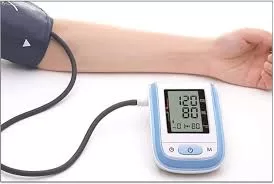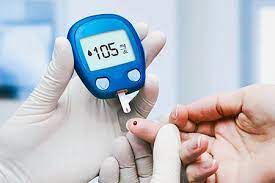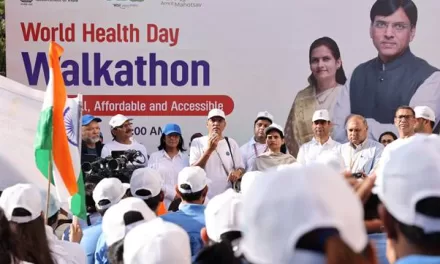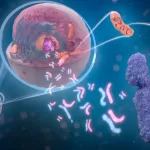November 19, 2024 — A groundbreaking global study conducted in India has revealed that three common drug combinations for treating hypertension are equally effective in reducing blood pressure. This discovery could significantly improve treatment outcomes for the nearly 300 million people in India living with the condition, where control rates are alarmingly low, according to researchers presenting at the American Heart Association (AHA) Scientific Sessions in Chicago.
“Only 10% to 20% of people with hypertension in India have their condition under control, which is a serious public health issue,” said Dr. Dorairaj Prabhakaran, cardiologist and executive director of the Centre for Chronic Disease Control in New Delhi.
The study, called the TOPSPIN trial, is among the first to focus on South Asian populations, who make up about one-quarter of the global population but are underrepresented in previous hypertension research. “These findings are not only critical for India but also have significant implications for the more than 5 million South Asians living in the United States,” Prabhakaran noted.
The TOPSPIN Trial
The trial enrolled nearly 2,000 adults in India, randomly assigning them to three different treatment groups. Each group received a single daily pill containing two of three commonly used medications:
- Perindopril (a renin-angiotensin enzyme inhibitor)
- Amlodipine (a calcium-channel blocker)
- Indapamide (a diuretic)
Researchers measured blood pressure reduction over six months using both 24-hour ambulatory monitoring and in-office assessments. Results showed that all three drug combinations performed equally well, reducing blood pressure by approximately:
- 30/14 mm Hg in a clinical setting
- 14/8 mm Hg via 24-hour monitoring
Around 70% of participants achieved blood pressure levels below 140/90 mm Hg, while 40% reached the stricter target of 130/80 mm Hg or lower.
The trial also demonstrated a favorable safety profile for all combinations, with less than 3% of participants discontinuing treatment due to side effects. However, 17% of participants did not complete the study, a rate attributed to challenges such as discomfort with repeated blood pressure monitoring in India’s hot climate.
Implications for Global Hypertension Management
Dr. Prabhakaran emphasized that the findings allow healthcare providers to select any of the three combinations based on cost and availability, providing a flexible approach to hypertension management. “This trial underscores that we now have robust evidence to guide treatment in underserved populations, addressing a critical gap in care,” he said.
The significance of the findings extends far beyond South Asia. Dr. Shawna Nesbitt, a cardiologist at UT Southwestern Medical Center in Dallas who was not involved in the study, highlighted the rising burden of hypertension globally. Rates have increased by 144% in South and Southeast Asia over the past three decades, compared to 41% in Europe and North America.
Nesbitt also noted that even modest reductions in blood pressure can lead to significant decreases in the risk of heart attacks, strokes, and other cardiovascular complications. “This study offers an opportunity to transform hypertension management in populations that are currently underserved,” she said.
With its potential to improve outcomes in millions of patients, the TOPSPIN trial represents a crucial step forward in addressing the global hypertension epidemic. Researchers and clinicians alike hope its findings will lead to more equitable and effective treatments for vulnerable populations.












